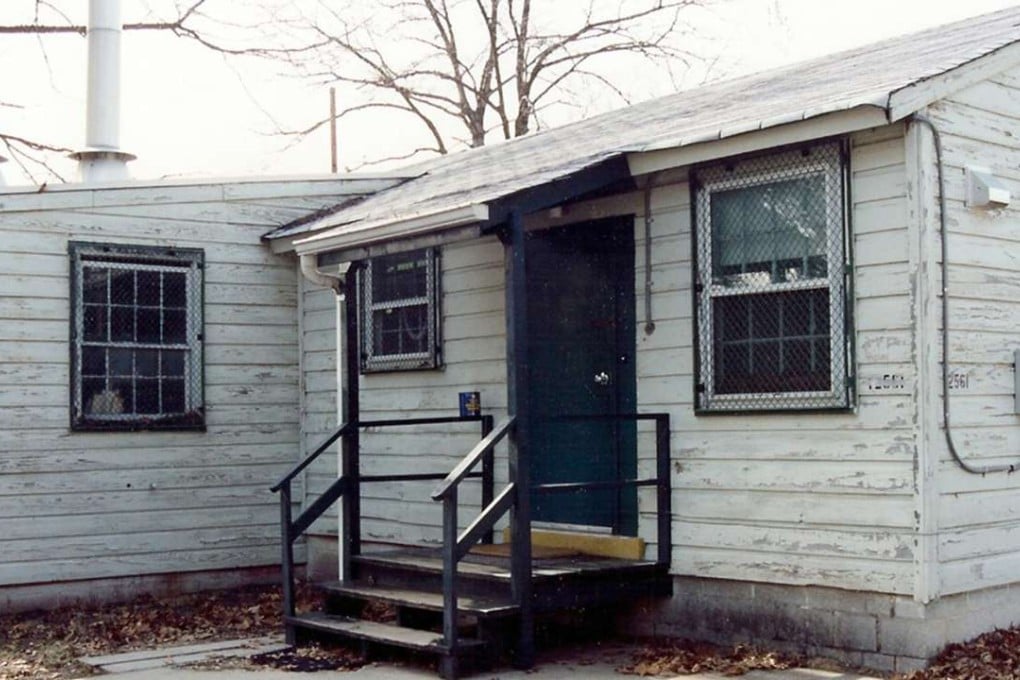CIA files reveal how US used psychics to spy on Iran
In an operation code-named Grill Flame, half a dozen psychics on more than 200 occasions tried to peer through the ether to see where the hostages were being held, how closely they were guarded and the state of their health

The dozens of American diplomats taken hostage by revolutionary students who seized the US embassy in Iran in 1979 may have had some secret company during their 15-month captivity: US intelligence agencies had a squad of military-trained psychics using ESP to watch them, according to declassified documents in a newly available CIA database.
In an operation code-named Grill Flame, half a dozen psychics working inside a dimly lit room in an ancient building in Fort Meade, on more than 200 occasions tried to peer through the ether to see where the hostages were being held, how closely they were guarded and the state of their health.
Officially, the psychics worked for US Army intelligence. But the documents in the CIA database make it clear their efforts were monitored – and supported – by a wide array of government intelligence agencies as well as top commanders at the Pentagon.
They were even consulted before the super-secret US military raid that attempted to free the hostages in April 1980, which ended in disaster when a plane and a helicopter collided at a desert staging area.
In a memo written on April 23, 1980, one day before the launch of the rescue mission, one of the chiefs of the psychic unit told a superior officer that a representative of the Joint Chiefs of Staff had contacted the unit and “requested we intensify our efforts and that we attempt to set to up a situation wherein the possibilities for aborting the mission would be sharply reduced”.
The psychics were able to tell, in some cases, where the hostages were moved to. They were able to see the degree of their health
Whether the psychics provided any useful intelligence was the subject of a debate among intelligence officials as heated as it was secret. After the hostages were released in January 1981 and extensively questioned about the details of their experience, the Pentagon compared the information with 202 reports from the Grill Flame psychics. “Only seven reports” were proven correct, wrote an Air Force colonel on the staff of the Joint Chiefs, underlining the number for emphasis.